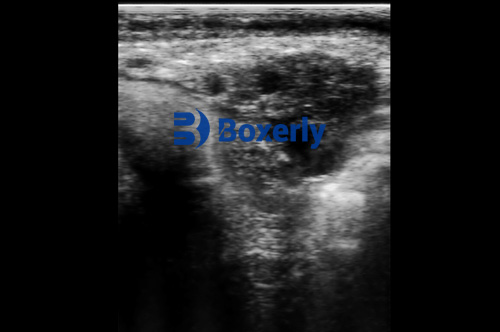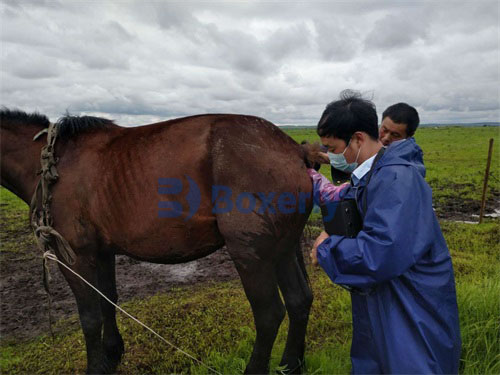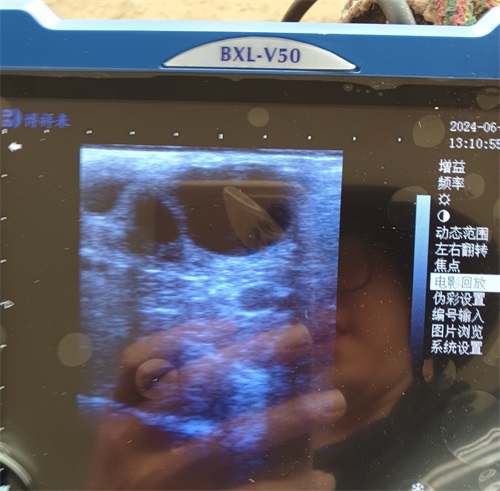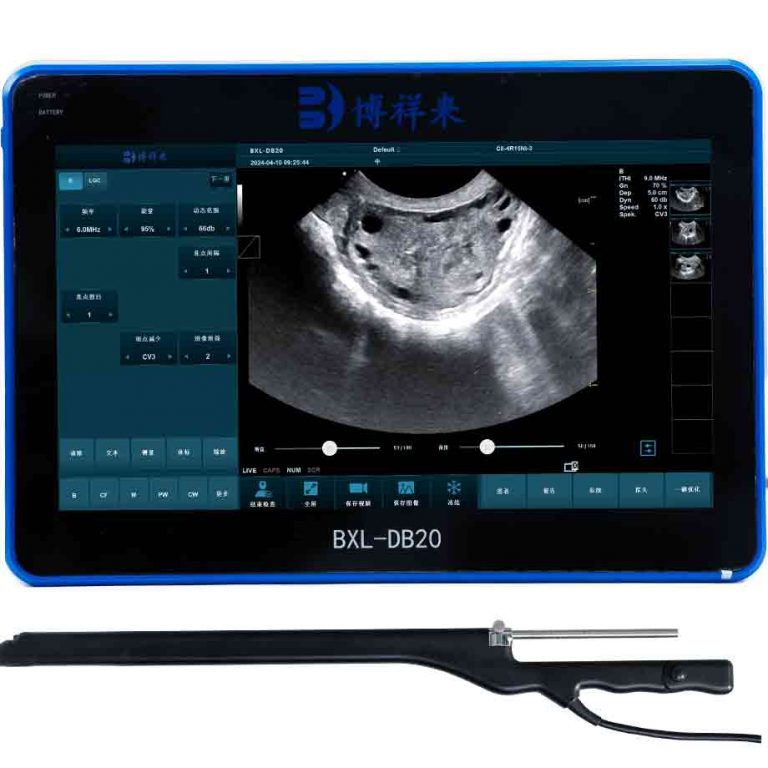Revolutionizing Veterinary Diagnostics with Ultrasound
Veterinary diagnostics have experienced a significant transformation in recent years, particularly with the integration of advanced technologies such as ultrasound. Ultrasound, a non-invasive diagnostic tool, is increasingly being adopted by veterinary practices worldwide to improve animal care, increase diagnostic accuracy, and enhance treatment outcomes. This advancement is not only pivotal for small animal practices, but it is also revolutionizing large animal care on farms and ranches, offering faster, more accurate assessments that were once limited to specialized veterinary clinics.

The Role of Ultrasound in Veterinary Medicine
Ultrasound is a key tool in modern veterinary diagnostics, used to visualize internal organs, tissues, and the heart. Its non-invasive nature makes it an ideal method for assessing the health of animals without the need for surgery or other invasive procedures. While the application of ultrasound in small animals is well-known, the technology is increasingly being utilized for large animals, including livestock like cattle, horses, and pigs. By providing real-time imaging of internal structures, ultrasound helps veterinarians detect conditions such as pregnancy, tumors, internal injuries, and heart conditions, thereby enabling early intervention and treatment.

Advancements in Large Animal Ultrasound
Historically, large animal practices faced challenges when diagnosing certain conditions due to the size and complexity of these animals. Traditional diagnostic methods such as X-rays or manual examinations were often limited in their ability to provide detailed insights, especially when it came to soft tissues or organs located deep within the body. However, the development of portable, high-resolution ultrasound machines has allowed for greater accessibility and precision in diagnosing large animals, particularly in rural or remote areas.
For example, livestock farmers can now detect pregnancy in cows early on, allowing them to make informed decisions about herd management, optimize breeding practices, and prevent costly surprises. Similarly, horses involved in high-performance sports can be examined for soft tissue injuries, helping veterinarians to determine the extent of the injury and create a tailored treatment plan. This level of precision and efficiency in diagnosis can significantly reduce recovery times and improve overall animal welfare.
Benefits of Veterinary Ultrasound for Farmers and Veterinarians
For farmers and veterinarians working with large animals, the benefits of veterinary ultrasound are vast. One of the most significant advantages is the ability to conduct thorough examinations without the need for transporting animals to a clinic, which can be stressful for both the animal and the owner. With portable ultrasound machines, veterinary professionals can perform examinations on-site, saving time and reducing the risk of complications associated with transportation.
Additionally, ultrasound technology allows for early detection of conditions that might not show symptoms right away. For instance, in cattle, ultrasound can identify issues such as uterine infections or fluid accumulation in the abdomen, conditions that may not be immediately visible to the naked eye. Early detection enables veterinarians to treat these issues before they escalate into more serious health problems, potentially saving the farmer significant expenses related to treatment or loss of livestock.

Enhancing Treatment with Real-Time Imaging
Real-time imaging provided by ultrasound machines allows veterinarians to guide procedures with greater precision. For example, when performing biopsies, veterinarians can use ultrasound to locate the exact site of interest, ensuring that the biopsy is taken from the correct area. This not only enhances the accuracy of the procedure but also reduces the risk of complications and minimizes the time required for recovery.
In addition to assisting with diagnostic procedures, ultrasound can also be used to monitor the progress of ongoing treatments. For example, a veterinarian can track the healing process of a soft tissue injury in a horse or monitor the response to a treatment regimen in a cow. This ability to observe and assess in real-time enables veterinarians to make adjustments to the treatment plan as needed, optimizing the animal’s recovery process and ensuring the best possible outcomes.
The Future of Veterinary Ultrasound
As ultrasound technology continues to advance, it is likely that we will see even more improvements in its application in veterinary medicine. The development of higher-resolution machines, improved portability, and advanced software for image analysis will further enhance the capabilities of ultrasound, allowing for even more accurate diagnoses and better outcomes for animals.
Moreover, with the increasing integration of artificial intelligence (AI) in medical technologies, future ultrasound machines could potentially analyze images autonomously, providing veterinarians with instant diagnostic feedback. This will not only expedite the diagnostic process but also ensure greater consistency in results, reducing the margin for human error.
Veterinary practices that embrace these technological advancements will be at the forefront of animal care, providing better and more efficient services to their clients and improving the overall welfare of animals.

Conclusion
Ultrasound technology has revolutionized veterinary diagnostics, offering numerous benefits for both veterinarians and animal owners. Its non-invasive nature, combined with its ability to provide real-time, detailed images of internal organs and tissues, has made it an invaluable tool for diagnosing and treating animals, both large and small. As ultrasound technology continues to evolve, it is clear that its role in veterinary medicine will only grow, leading to even more accurate and timely diagnoses, better treatments, and improved outcomes for animals.





